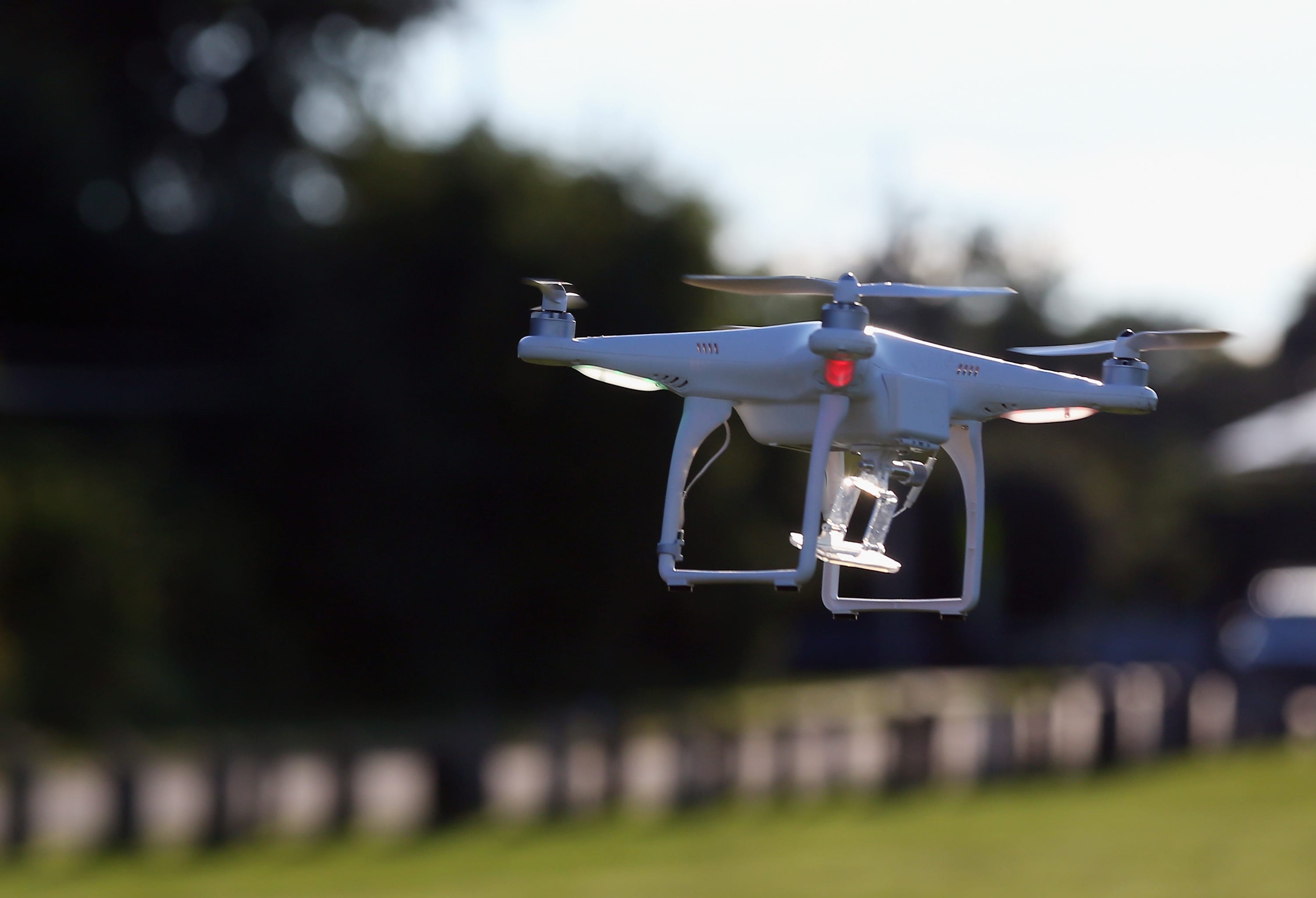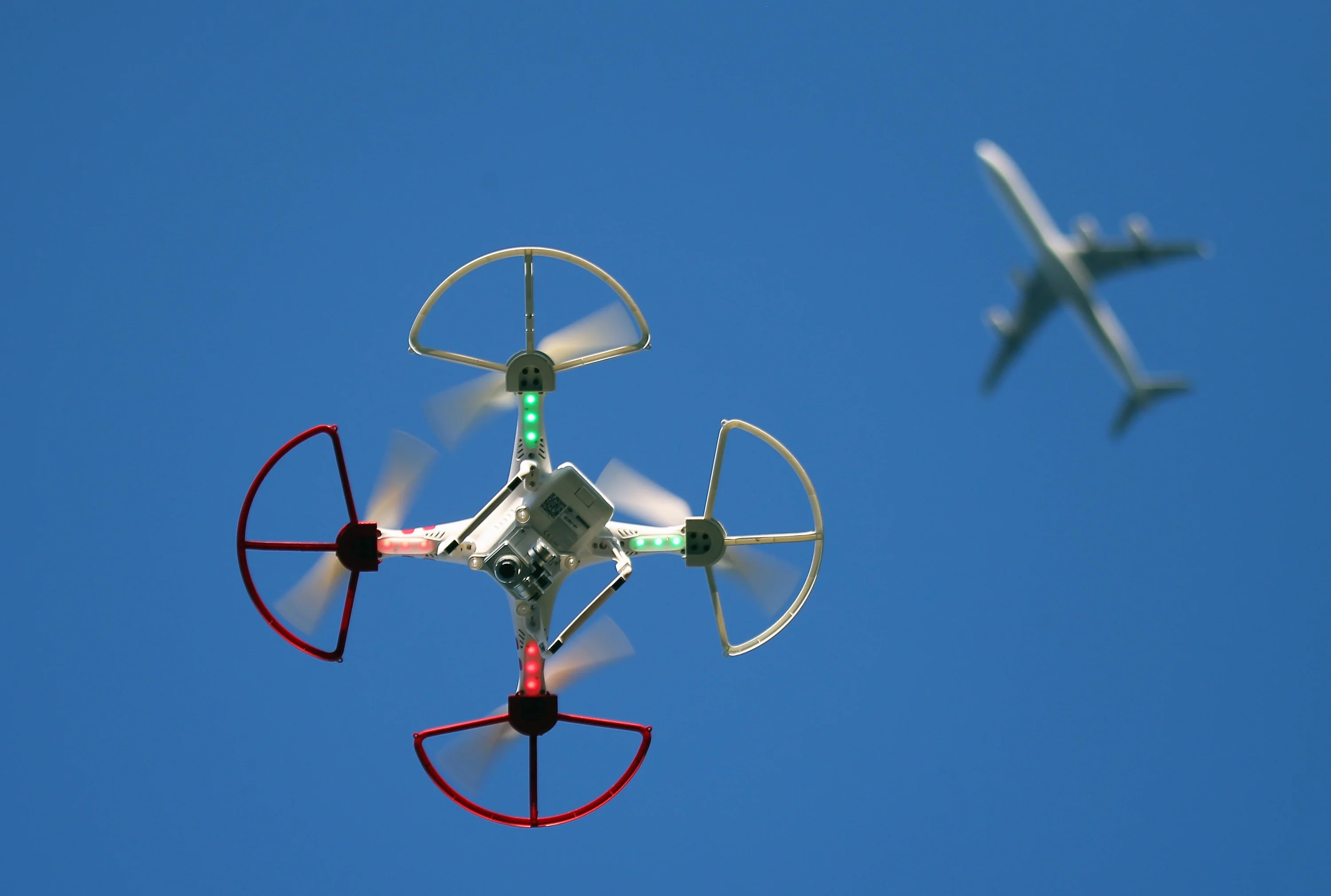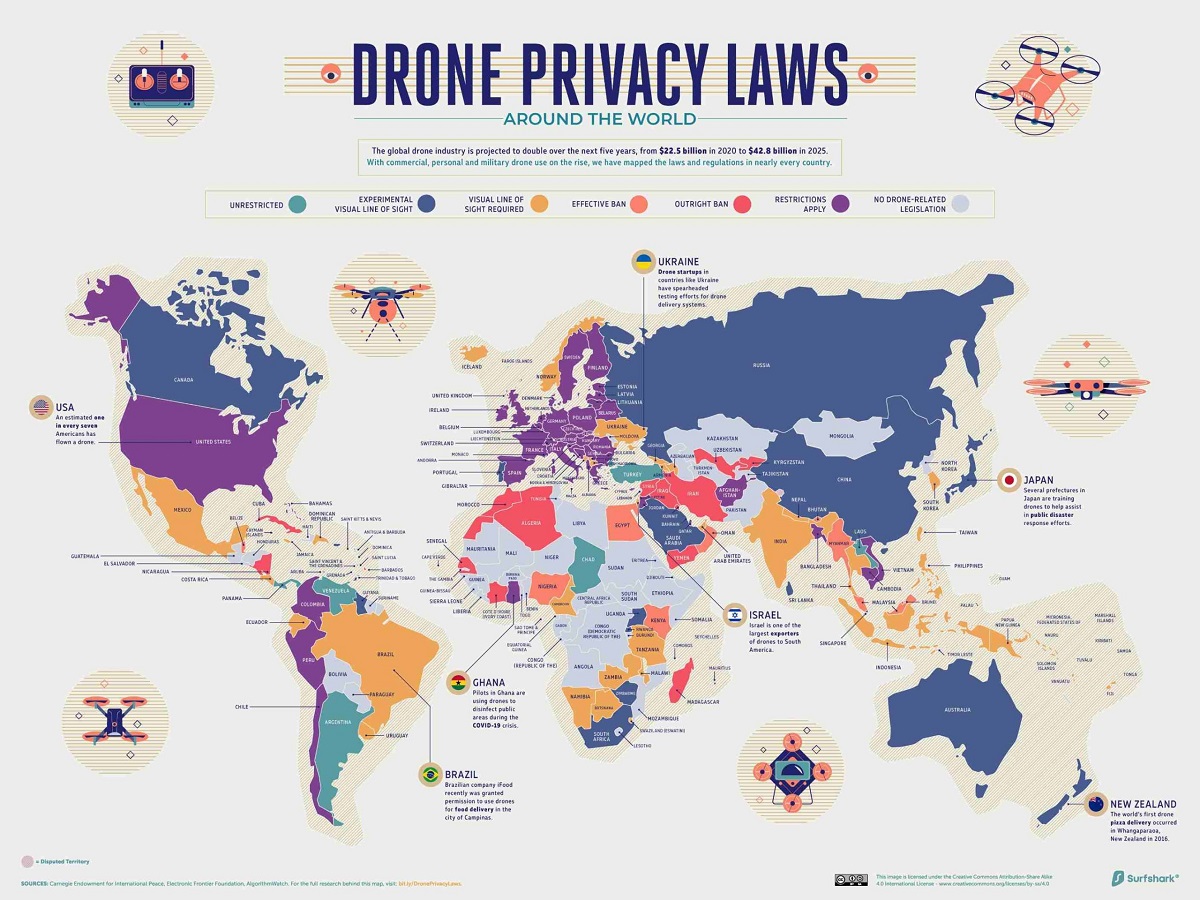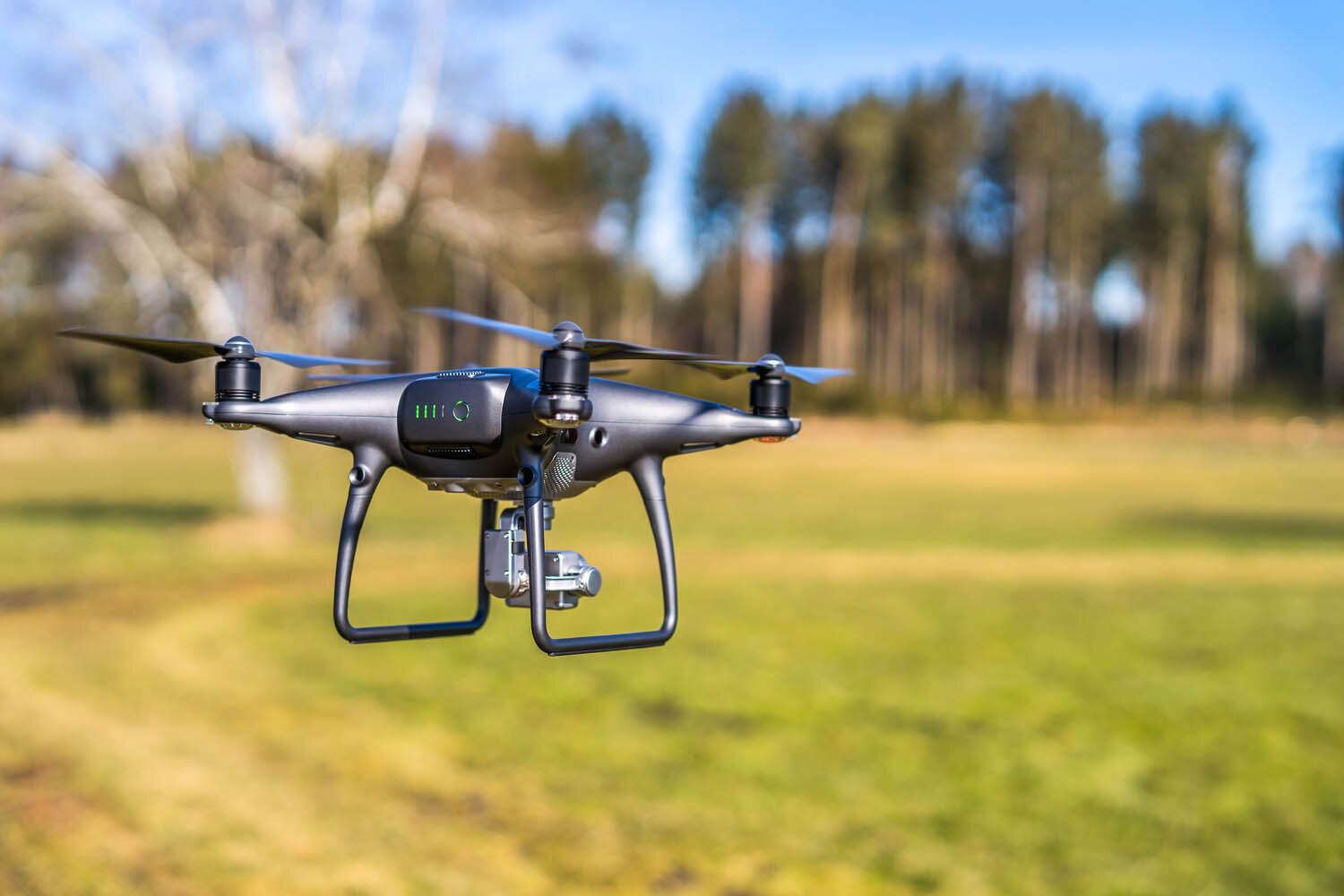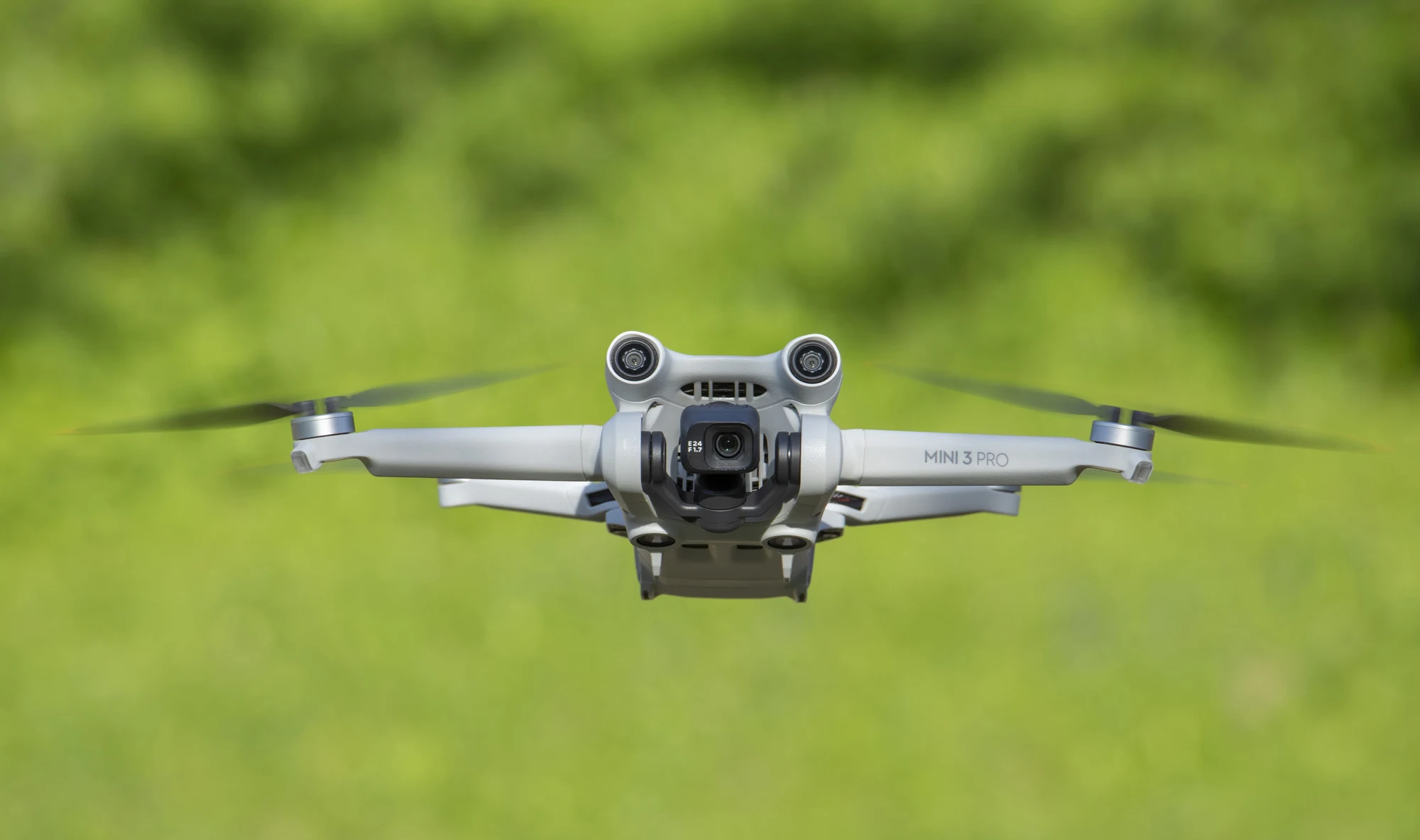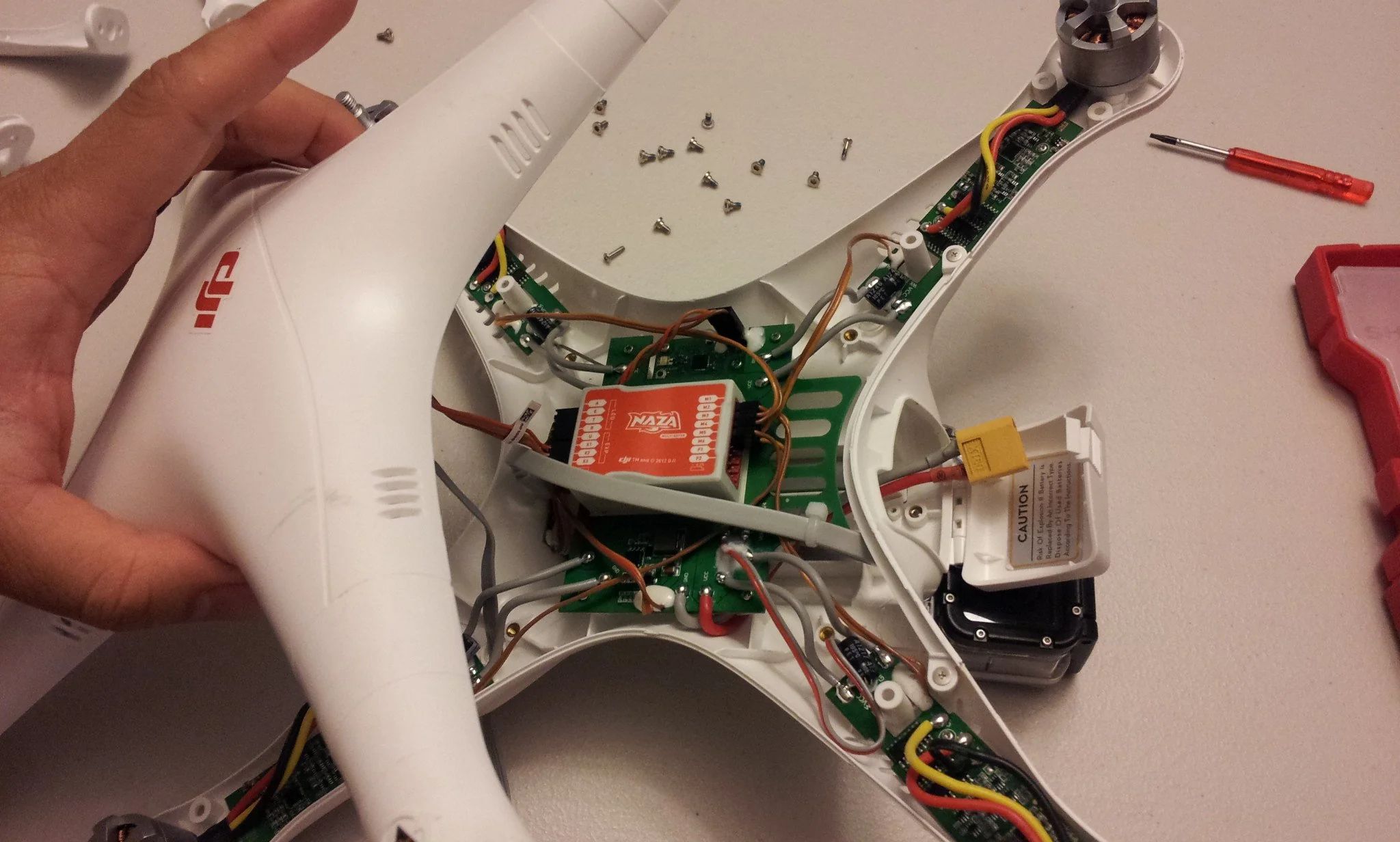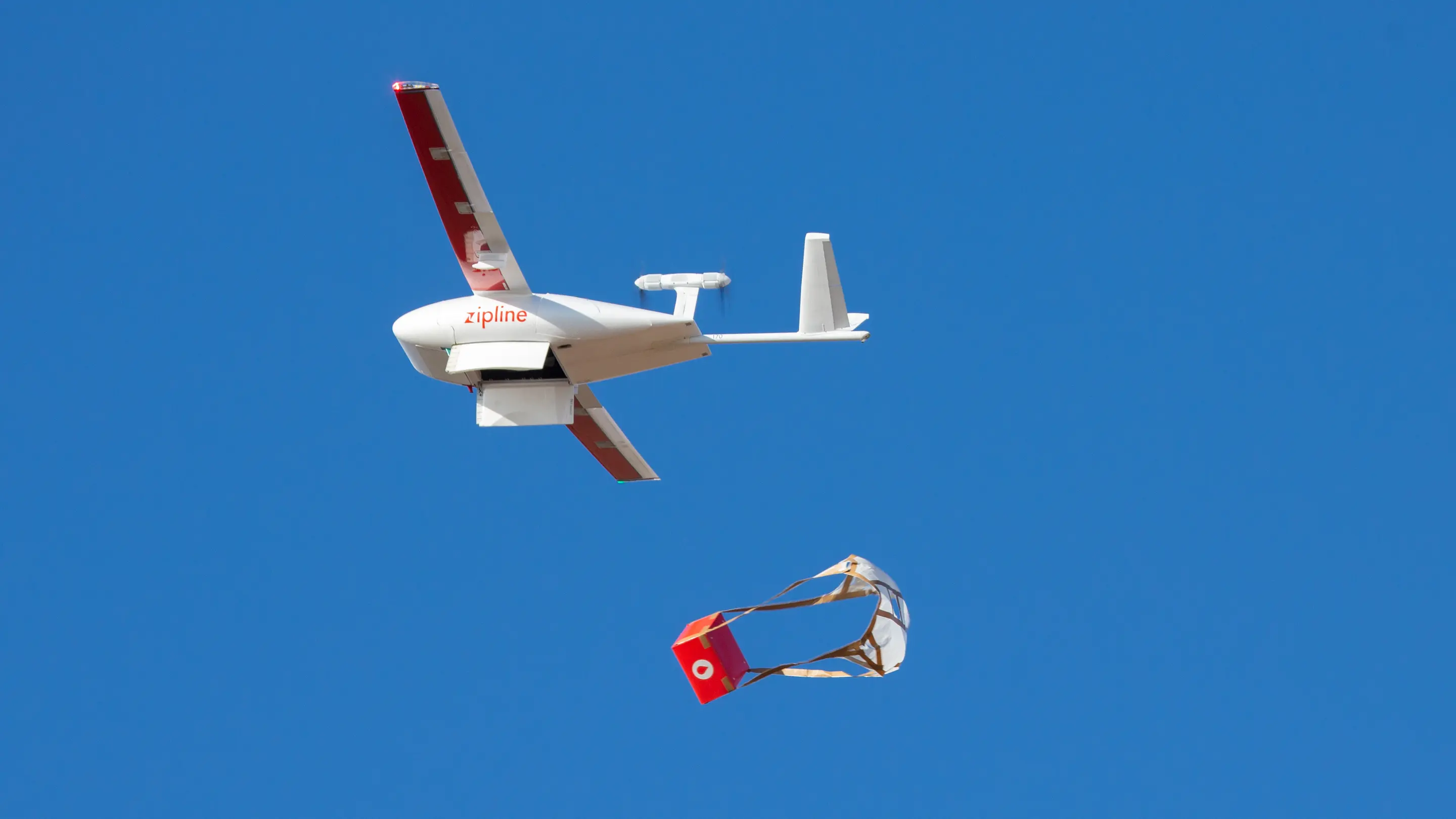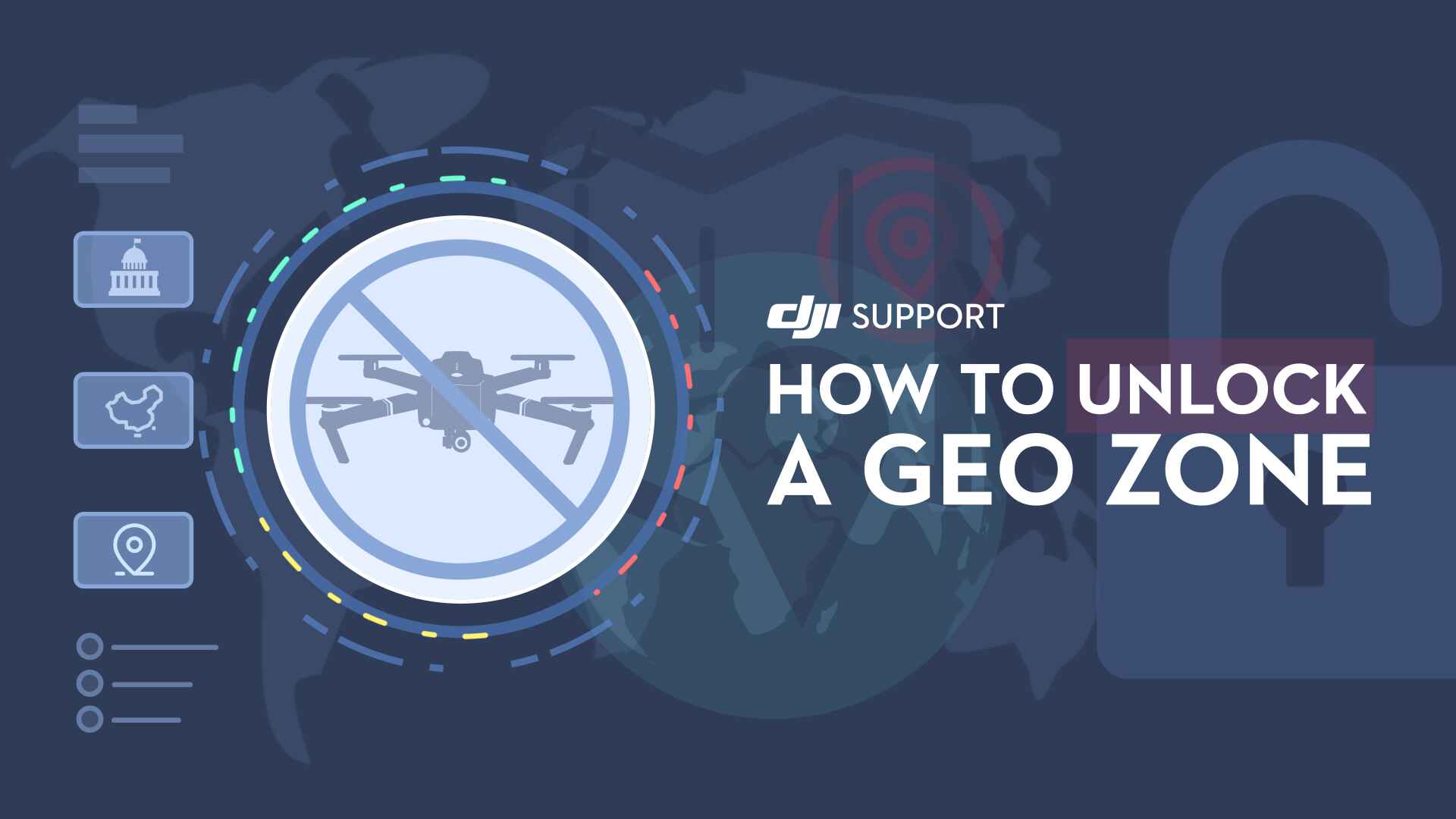Introduction
Welcome to the exciting world of drone flying! Drones have brought about a revolution in the way we capture aerial photography, explore new perspectives, and even deliver packages. However, it’s important to understand that there are certain areas known as “No Fly Zones” where drone flight is restricted or prohibited. In this article, we will guide you on how to fly a drone in a No Fly Zone safely and responsibly.
No Fly Zones are designated areas where drone flight is restricted due to safety, security, or privacy concerns. These areas typically include airports, military bases, national parks, and other sensitive locations. The purpose of these restrictions is to ensure the safety of manned aircraft, people on the ground, and the overall protection of the surrounding environment.
It is crucial for drone operators to be aware of No Fly Zones and to abide by the regulations set forth by aviation authorities. Violating these restrictions can result in fines, the confiscation of your drone, legal consequences, and even endangering lives.
Before you start flying your drone, it’s important to familiarize yourself with the No Fly Zones in your area and understand how to navigate around them. In the following sections, we will discuss the steps you need to take to ensure a safe and responsible drone flight in these restricted areas.
Understanding No Fly Zones
No Fly Zones are geographical areas where drone flight is restricted or prohibited. These areas are typically identified by aviation authorities, including the Federal Aviation Administration (FAA) in the United States, Civil Aviation Authority (CAA) in the United Kingdom, and other relevant regulatory bodies around the world.
The purpose of No Fly Zones is to ensure the safety of manned aircraft, people on the ground, and sensitive infrastructure. They are often implemented around airports, military installations, government buildings, national parks, and other areas where the presence of drones can pose a risk or infringe upon privacy rights.
It’s important to note that No Fly Zones can vary in size and restrictions depending on the specific area. In some cases, there may be a complete ban on drone flights within the zone, while in others, certain altitude limits or additional precautions may apply.
To determine if a location falls within a No Fly Zone, drone operators can refer to online resources such as interactive maps provided by aviation authorities or dedicated drone flight planning apps. These maps provide crucial information, such as restricted airspace boundaries and any additional regulations or requirements specific to each zone.
Understanding the importance of No Fly Zones is vital for responsible drone operation. By adhering to these restrictions, drone operators can help maintain the safety and privacy of the surrounding areas and contribute to the positive reputation of the drone community as a whole.
Checking No Fly Zone Maps
Before you take your drone to the skies, it’s crucial to check No Fly Zone maps to ensure compliance with airspace regulations and restrictions. These maps provide essential information about designated areas where drone operations are prohibited or restricted.
Aviation authorities, such as the FAA in the United States and the CAA in the United Kingdom, provide online resources and interactive maps that show the boundaries of No Fly Zones. These maps are frequently updated to reflect any changes in airspace restrictions and help drone operators plan their flights accordingly.
When checking No Fly Zone maps, it’s important to pay attention to the specific limitations imposed in each zone. Some areas may completely ban drone flights, while others may have altitude restrictions or special permissions requirements. It’s crucial to familiarize yourself with these details to avoid any violations and ensure a safe and legal flight.
In addition to official aviation authority maps, there are also third-party platforms and mobile apps that provide No Fly Zone data. These services often consolidate information from multiple sources, making it easier for drone operators to access accurate and up-to-date restrictions.
Before each flight, it’s a good practice to review the No Fly Zone map for your specific location. Be sure to check for any temporary flight restrictions (TFRs) that may be in place due to events or emergencies. This helps you stay informed about any changes in airspace regulations that may affect your planned flight.
Remember, checking No Fly Zone maps is a crucial step in responsible drone operation. By familiarizing yourself with the designated restricted areas and adhering to airspace regulations, you can ensure the safety of manned aircraft, people on the ground, and the surrounding environment.
Obtaining Permission
In some cases, drone operators can obtain special permission to fly in No Fly Zones, provided they meet certain requirements and conditions. This permission, often referred to as an exemption or waiver, allows drone flights in restricted areas under specific circumstances.
If you have a legitimate reason for flying your drone in a No Fly Zone, such as conducting research, capturing professional photographs, or performing essential tasks, you may be eligible to obtain permission. However, it’s important to note that obtaining permission is not guaranteed and requires adherence to a rigorous application process.
The process of obtaining permission may vary depending on the jurisdiction and the specific No Fly Zone in question. In general, it involves submitting a formal request or application to the appropriate aviation authority, providing detailed information about the purpose and nature of the flight, along with a comprehensive safety plan.
The aviation authorities carefully evaluate each request on a case-by-case basis, taking into consideration factors such as the risk involved, the operational proficiency of the drone pilot, the proximity to sensitive areas, and the potential impact on manned aviation.
It’s crucial to note that the process of obtaining permission can take time and requires careful planning. Therefore, it’s advisable to submit the application well in advance of the intended flight date to allow for processing and potential follow-up inquiries from the authorities.
Remember, obtaining permission is not a guarantee of approval. Aviation authorities prioritize safety and security, and exemptions or waivers are granted only under exceptional circumstances where the proposed flight can be conducted safely without compromising the airspace or creating hazards to others.
Before considering the option of obtaining permission, it’s important to thoroughly assess the necessity of the flight and explore alternative locations or methods of achieving your goals without entering restricted airspace. Safety and compliance should always be the top priorities in drone operations.
Taking Safety Precautions
When flying a drone in a No Fly Zone, it’s essential to prioritize safety and take necessary precautions to ensure a safe and responsible flight. Here are some important steps to follow:
1. Plan and Prepare: Before heading out to fly, thoroughly plan your flight, taking into account weather conditions, airspace restrictions, and any additional safety considerations specific to the No Fly Zone. It’s crucial to have a detailed flight plan, including emergency procedures and contingency plans.
2. Conduct Pre-flight Checks: Always perform pre-flight checks on your drone and ensure that it is in proper working condition. Check the battery levels, propellers, and all other components. Also, double-check that your remote control and all other necessary equipment are functioning correctly.
3. Maintain Visual Line of Sight: Keep your drone within your visual line of sight at all times. This will allow you to monitor its position, avoid obstacles, and respond promptly to any potential hazards. Never fly your drone out of sight, especially in a No Fly Zone where there may be increased risks.
4. Follow Operating Guidelines: Adhere to the operating guidelines provided by the drone manufacturer and the aviation authority. This includes respecting altitude limits, speed limits, and any other specific regulations related to flight operations. Always fly within your capabilities and avoid reckless or unsafe maneuvers.
5. Be Mindful of Surroundings: Pay attention to your surroundings and be considerate of other people, wildlife, and property in the vicinity. Avoid causing disturbances or infringing upon privacy rights. If necessary, communicate with people in the area to ensure that your drone flight does not cause any inconvenience or concerns.
6. Stay Informed: Stay updated with the latest rules and regulations regarding drone operations, especially within No Fly Zones. Aviation authorities may periodically update restrictions or introduce new guidelines. It’s essential to stay informed about any changes that may impact your flight plans.
7. Carry Safety Equipment: Carry essential safety equipment, such as a first aid kit, fire extinguisher, and a safety vest. Depending on the location and circumstances, additional safety equipment may be necessary. Always be prepared to handle any emergencies that may arise during your flight.
8. Respect Authority and Follow Instructions: If approached by aviation authorities, security personnel, or law enforcement, cooperate fully and follow their instructions. Engaging in confrontation or attempting to evade authorities can lead to serious legal consequences and potentially compromise your safety.
By taking these safety precautions, you can minimize risks and ensure a responsible and safe drone flight within a No Fly Zone. Remember, your actions as a drone operator have a direct impact on the reputation of the drone community, so always prioritize safety and comply with regulations.
Flying Responsibly
When operating a drone in a No Fly Zone, it’s not only important to adhere to regulations and safety precautions but also to fly responsibly. Responsible drone flying not only ensures your own safety but also respects the privacy, security, and well-being of others. Here’s what you need to keep in mind:
1. Respect Privacy: Fly your drone with respect for the privacy of others. Avoid capturing images or recording videos in a way that may intrude upon people’s personal space or infringe on their privacy rights. Always be mindful of private property and obtain necessary permissions if you plan to capture footage in specific areas.
2. Minimize Noise: Drones can be noisy, and the sound can be disruptive to people nearby. Try to minimize the noise impact by flying at appropriate distances and altitudes. Be mindful of noise-sensitive locations, such as residential areas, and avoid unnecessary disturbances.
3. Be Aware of Wildlife: When flying in or near natural areas, be mindful of wildlife. Avoid disturbing or causing harm to animals or their habitats. Maintain a safe distance to prevent any potential interference or distress to the wildlife in the area.
4. Share the Skies: Be aware of other aircraft and manned aviation. Keep a safe distance from airports or other areas where manned aircraft operate. Always yield the right of way to manned aircraft, as drones have lower priority in the airspace. Stay vigilant and be prepared to adjust your flight path if necessary.
5. Educate Others: Take the opportunity to educate others about responsible drone flying. Share your knowledge and experiences to help create awareness about the importance of following regulations, respecting privacy, and prioritizing safety. Encourage others to fly responsibly and be considerate in their drone operations.
6. Be a Good Ambassador: As a drone operator, you represent the wider drone community. Your actions and behavior can shape public perception towards drones. Be courteous, approachable, and willing to engage in productive conversations about drones and their benefits. Help dispel any negative stereotypes and promote safe and responsible drone flying.
7. Stay Updated: Stay informed about changes in regulations, technology advancements, and best practices in the drone industry. As the landscape evolves, it’s important to adapt and continue learning to ensure that your flying practices align with the latest standards and guidelines.
Remember, flying responsibly goes beyond following rules and regulations. It involves being considerate towards others, respecting privacy, and making conscious decisions to minimize any negative impacts of drone operations. By flying responsibly, you contribute to the positive reputation of the drone community and help foster a safe and enjoyable environment for all.
Conclusion
Flying a drone in a No Fly Zone can be tempting, but it’s crucial to prioritize safety, adhering to regulations, and flying responsibly. Understanding the concept of No Fly Zones and checking designated maps are fundamental steps in ensuring compliance and avoiding potential risks. Obtaining permission, when necessary, requires careful planning and thorough consideration of the necessity of the flight.
When flying in a No Fly Zone, taking safety precautions is essential. Planning ahead, conducting pre-flight checks, and following operating guidelines are crucial to ensure a safe flight. Being mindful of surroundings, maintaining visual line of sight, and respecting others’ privacy and property demonstrate responsibility as a drone operator.
Remember, responsible drone flying not only protects you and your equipment but also maintains the safety of others and upholds the reputation of the drone community. By flying responsibly, respecting regulations, and promoting safety, you contribute to the positive growth and acceptance of drones in society.
As the drone industry continues to evolve, staying updated with the latest regulations, guidelines, and best practices is vital. Educating yourself and others about responsible drone operations fosters a culture of safety and awareness.
So, whether you’re capturing stunning aerial footage, conducting surveys, or exploring new perspectives, always prioritize safety and responsible drone flying. By doing so, you can enjoy the benefits of drone technology while ensuring the well-being of yourself, others, and the areas you fly in.







